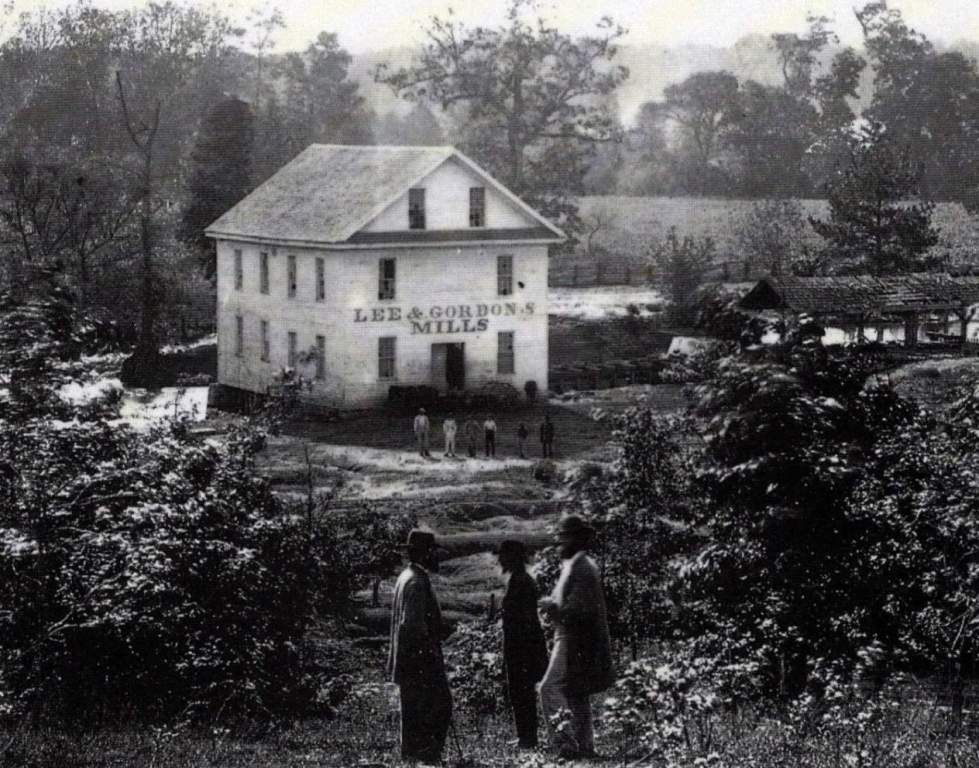The Battle of Chickamauga, fought on September 18-20, 1863, between Union and Confederate forces in the American Civil War, marked the end of the Chickamauga Campaign, a US Army attack in southeastern Tennessee and northwestern Georgia.
Union Gen. William S. Rosecrans’s Army of Cumberland had maneuvered Confederate Gen. Braxton Bragg’s army out of Chattanooga, Tenn. Bragg sent coached Rebel “deserters” to inform Rosencrans that the Rebs were demoralized and in headlong flight. But Bragg’s withdrawal had been very orderly, and his men retired just south of Chattanooga before stopping to concentrate and gather reinforcements.
Rosecrans’s corps emerged from the north Georgia mountain passes south of Chattanooga separately and widely scattered. Bragg recognized his opportunity to pounce on each isolated Union corps and destroy them one by one, but somehow his orders to do so were never carried out. By September 13, 1863, Rosecrans recognized his mistake and the danger to his scattered command and ordered the concentration of his 58,000 men at Lee and Gordon’s Mill on the west side of Chickamauga Creek.
Across the creek, Bragg was bringing in his army and its reinforcements; when they all arrived in a few days, Bragg would have more than 66,000 men to confront Rosecrans. Bragg had planned an attack four miles above Lee and Gordon’s Mill at Reed’s Bridge for that morning to secure La Fayette Road’s main route to Chattanooga. Little more than skirmishing took place, however, as more troops marched into the vicinity and Rosecran stretched his line to the north, protecting La Fayette Road.
All that night, Confederate troops marched across the creek and formed their lines in the thick forests on the west bank. The next morning, a Union brigade near Reed’s Bridge came across Confederate cavalry and opened fire. An Indiana private de-scribed the opening shots of the western theater’s largest battle: “Our tremendous volume rang along the whole line. At first, all was smoke, then dust from the struggling steeds. A few rider less horses were running here and there, but nothing was seen of that cavalry troop. Thus began the Battle of Chickamauga.
Fascinating Fact: The rapid movement by rail of two divisions from Lee’s Virginia army to Bragg’s forces was a logistical wonder, considering the state of the South’s railroads. The Confederates won the battle tactically, but the Union force held strong and eventually regained strategic dominance in the region. The Chickamauga Battlefield is now maintained as part of the Chickamauga and Chattanooga National Military Park. It serves as a tribute to the valor of those who fought and a reminder of the battle’s historical significance.
Read More: Natchez Indian Trail History

Source:
Lee and Gordon’s Mill on Chickamauga Creek; courtesy Library of Congress Written by Stephen T. Foster, MCMXCIV Atlas Editions, USA Printed in USA, D3 602 19-07






